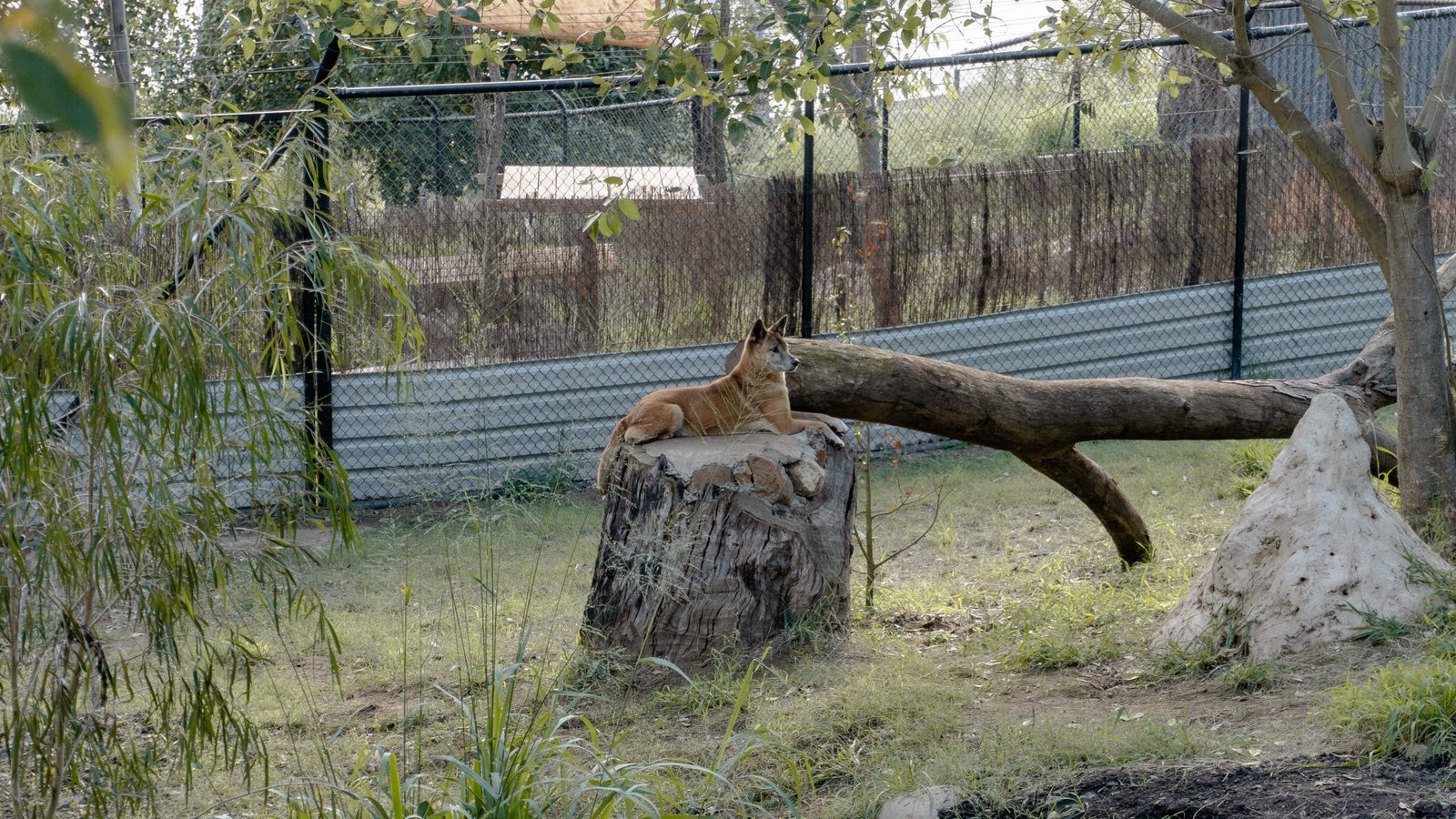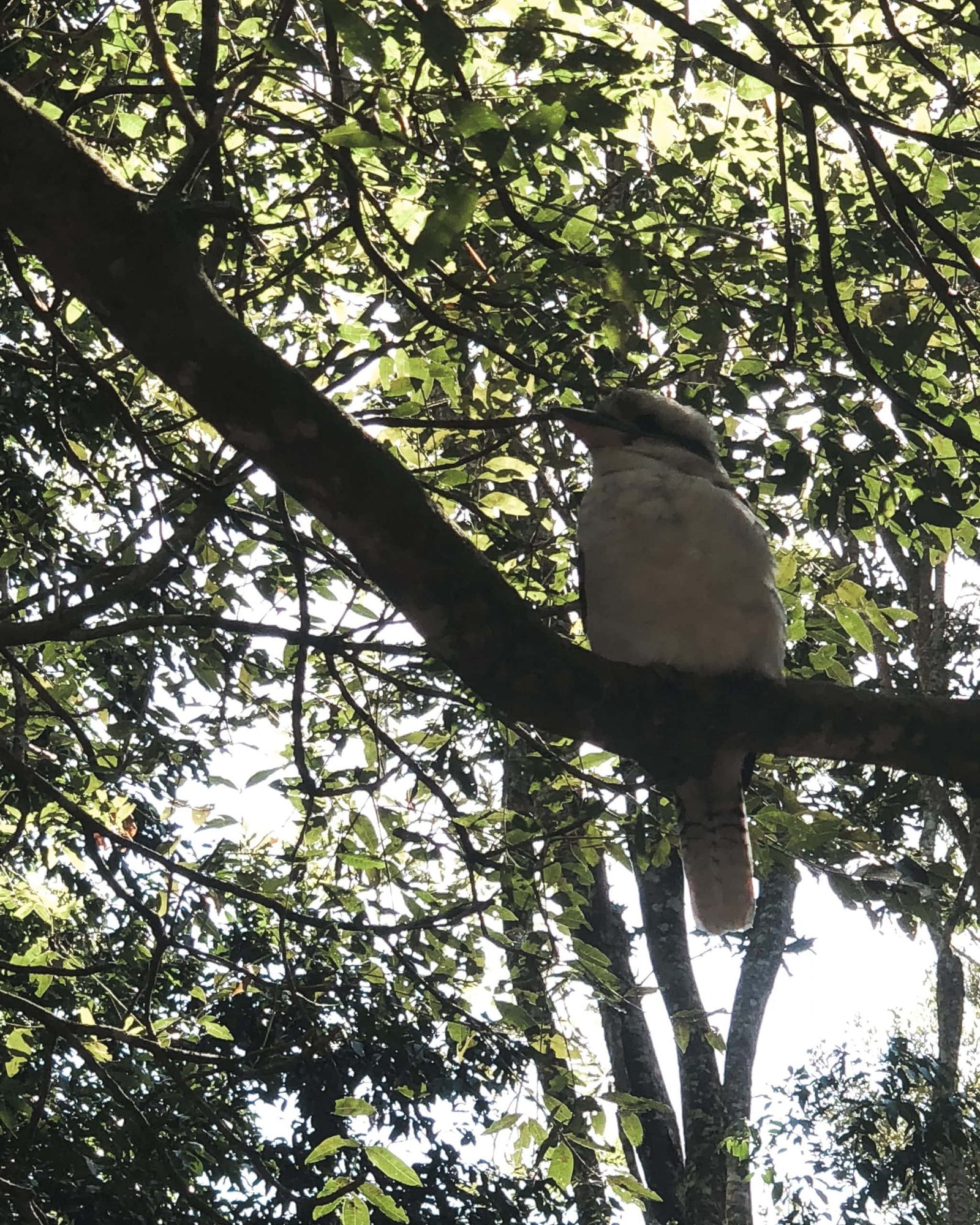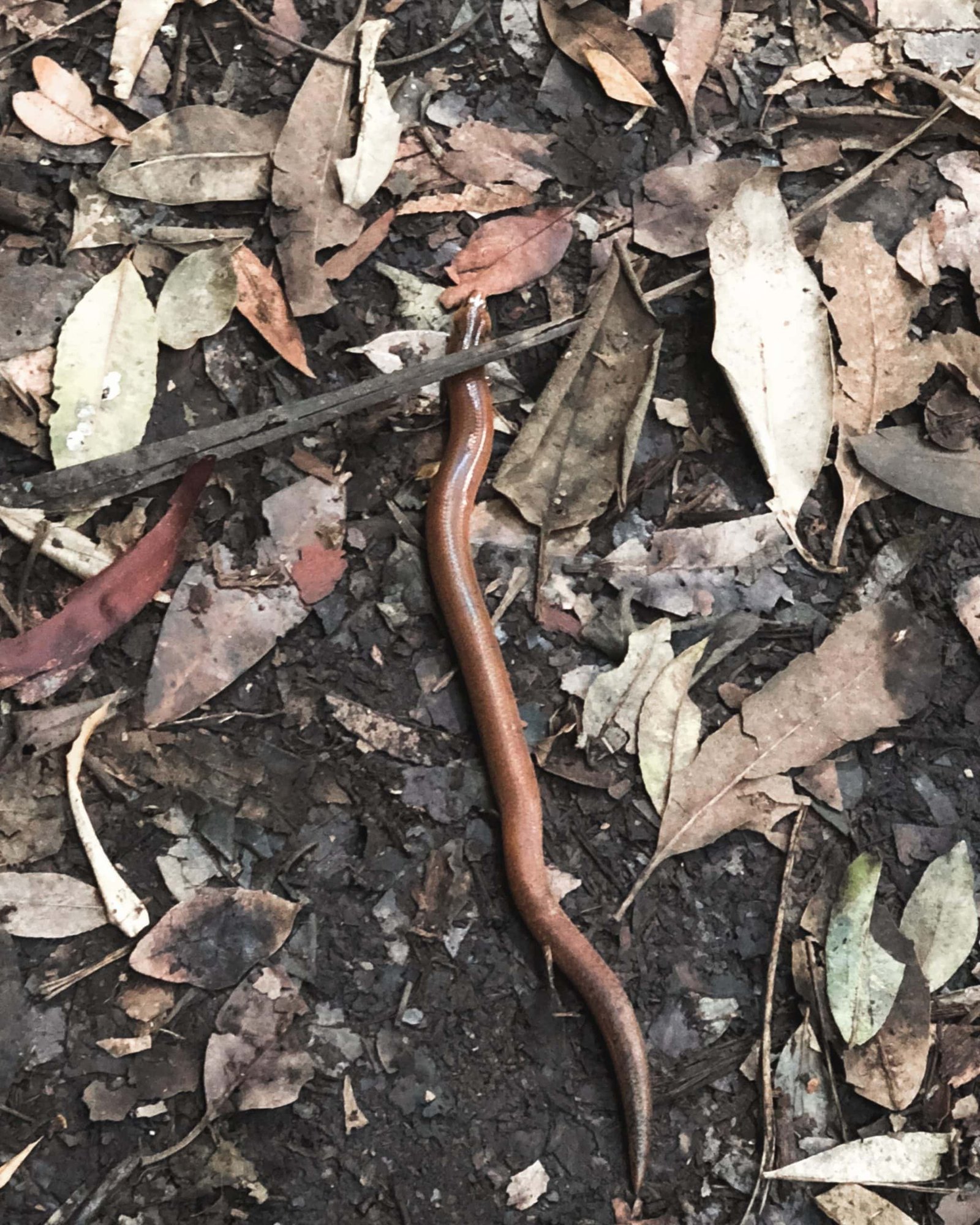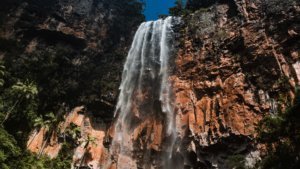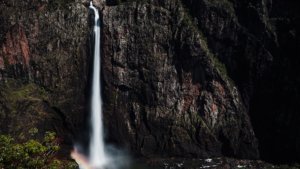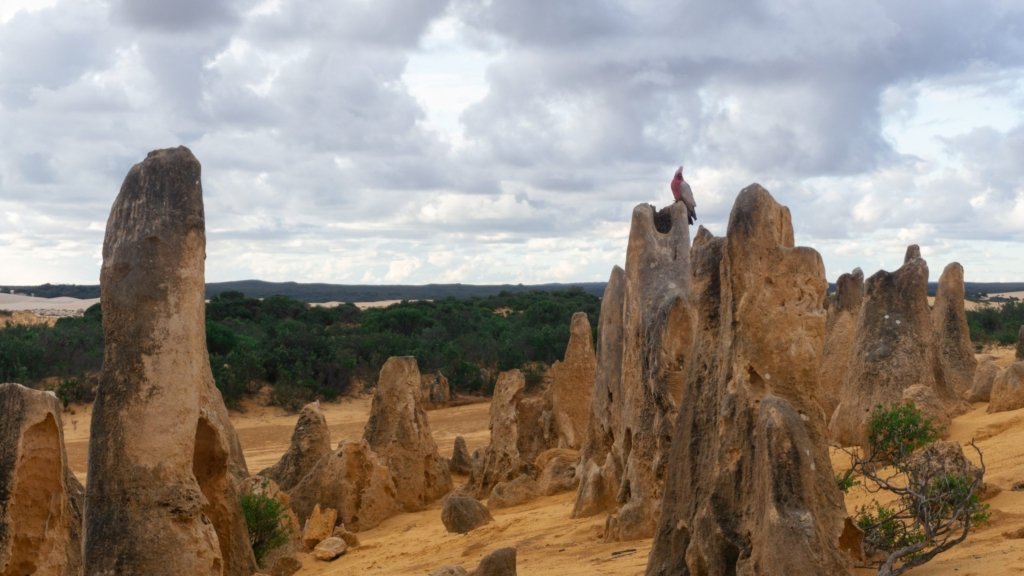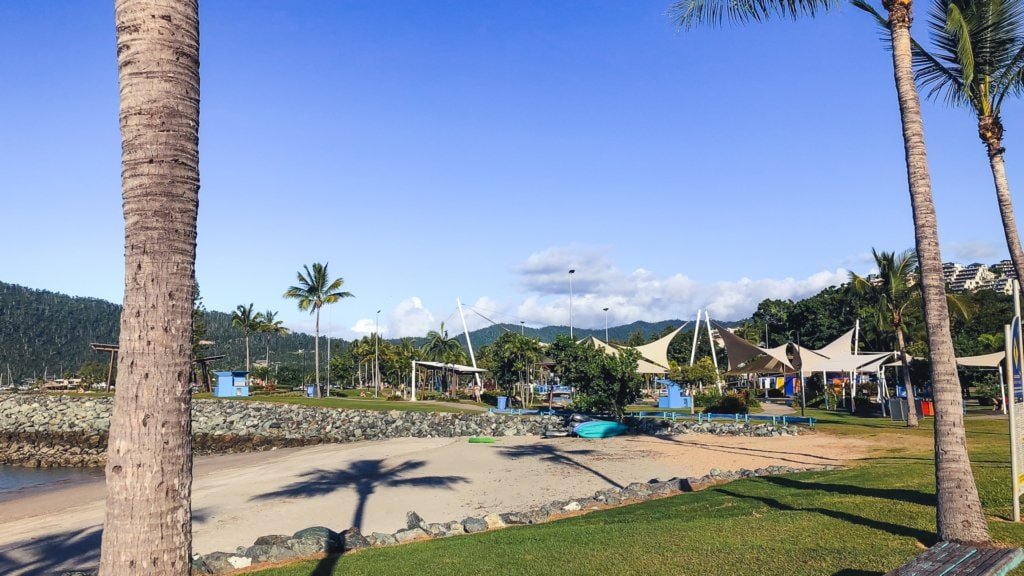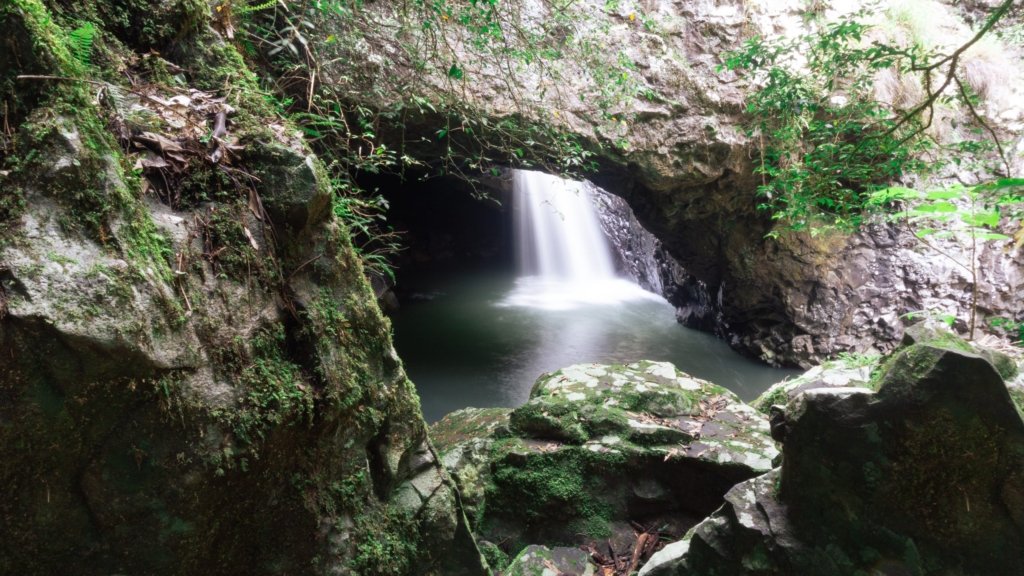Welcome to Australia, the land of breathtaking landscapes and unique wildlife! Australia’s wildlife is undoubtedly fascinating and diverse. From the iconic kangaroos and koalas to the majestic whales and mysterious possums, there is an abundance of animals that call Australia’s unique habitats home. These extraordinary creatures are a testament to nature’s beauty and amazing adaptability.
Kangaroos: Symbols of the Outback
Kangaroos are probably the best-known representatives of the Australian wildlife. These fascinating marsupials have adapted perfectly to the harsh conditions of the outback. With their characteristic mode of movement, hopping, kangaroos are impressive creatures to watch. They come in different species and sizes, from the small wallabies to the imposing Giant Kangaroos. These have powerful back legs with which they can make leaps of up to 3 metres in length and 1.5 metres in height. Kangaroos are found throughout Australia and live in a variety of habitats, from desert and bush areas to grasslands and coastal regions. They feed mainly on grasses and herbs.
Koalas: The cute tree dwellers
Koalas are known worldwide for their distinctive appearance and cosy lifestyle. These furry marsupials are famous for their fondness for eucalyptus trees. They spend most of their lives sleeping or feeding in the branches of these trees. Koalas are native to the eastern coastal areas of Australia, mainly in the states of Queensland, New South Wales, Victoria and South Australia. These charismatic animals have a dense, grey-brown coat, large round ears and a big, snub nose. Unfortunately, koalas are threatened due to habitat loss, bushfires and disease.
Wombats: The down-to-earth inhabitants
Wombats are robust, bear-like mammals native to Australia. They are known for their bulky bodies, short legs and broad heads and belong to the marsupial family. Wombats have a specialised adaptation to living in underground burrows. They dig complex burrow systems with their powerful forelegs and sharp claws. These burrows serve as hideaways from predators and provide them with shelter from extreme weather conditions.
Dingos: Australia's wild dogs
Dingos are wild dogs native to Australia. They have a fascinating history and are closely related to wolves. Dingos are adapted to different habitats and are found in different parts of Australia, including deserts, grasslands, forests and coastal areas. They have a dense coat that can be a variety of colours such as sandy yellow, red or black. This coat colouration helps them to camouflage themselves in their natural environment. It’s important to note that dingos are a protected species in Australia and it is illegal to keep or trap them as pets.
Platypuses: The fascinating mammals with beaks
Platypuses are one of Australia’s most extraordinary animal species and are among the few mammals that lay eggs. Platypuses have a unique physique that has features of both mammals and reptiles. They have a plump body, a flat, beak-like snout that is equipped with sensitive sensors, and a dense, water-repellent fur cover. Male platypuses also have a venomous sting on their hind legs, which is used in fighting and defence. Platypuses are a protected species and face challenges such as habitat loss and water quality issues.

Quokkas: The happy inhabitants of Rottnest Island
Quokkas are small, herbivorous marsupials found exclusively in Australia. They are known for their friendly and cheerful appearance and have a reputation for being the happiest animals in the world. These unique marsupials live mainly on Rottnest Island off the coast of Perth in Western Australia, although they are also found in some other areas in Western Australia. Quokkas are about cat-like in size and have a round body with a short tail. Their fur is grey-brown and dense, which protects them from the changing weather conditions. Quokkas are known for their social and curious characteristics. They have a low shyness towards humans and often approach visitors, which has earned them the reputation of being one of the most photogenic animals in the world.
Emus: The flightless giants
As the largest flightless bird in the world, emus are an impressive example of Australian wildlife. Emus have long legs and strong, muscular bodies that help them reach high speeds. They are excellent runners and can reach speeds of up to 50 kilometres per hour. Their wings are small, but they have long, strong claws that help them run and defend themselves. These fascinating birds are found throughout Australia and live in a variety of habitats, from deserts and bushland to open grasslands and forests.
Possums: Nocturnal tree dwellers
Possums are unique and fascinating tree-dwelling mammals that are part of Australia’s wildlife. They are nocturnal and spend most of their lives in the treetops. They have adapted body structures that enable them to move deftly through the trees. Their strong claws and prehensile tails give them stability and dexterity when climbing. A well-known possum in Australia is the ring-tailed possum. It has a dense, grey-brown coat and a prominent white ring around its bushy tail. It is often active in the evening and night hours and can sometimes even be spotted in gardens and front yards.
Cassowaries: The winged giants
Cassowaries are fascinating birds that are native to the tropical rainforests of Australia, especially in North Queensland. They belong to the ratite family and are closely related to ostriches and emus. Cassowaries are impressive birds with an imposing appearance. They have a strong build, long legs and strong claws. Their most striking feature, however, is the large, horn-like helmet on their head called a “crest”. This crest can grow up to 17 centimetres high for males and is used for both impersonation and communication.

Cockatoos: Australia's colourful parrots
Cockatoos are a group of large, noisy and colourful parrot species. With their distinctive feathers and ability to mimic complex sounds, cockatoos are popular birds in Australian wildlife. There are several species of cockatoos in Australia, including the white-crested cockatoo, the yellow-crested cockatoo, the pink-crested cockatoo and the black-billed cockatoo. Each species has its own distinctive plumage and behaviour. Cockatoos are intelligent and social. They usually live in small groups or in pairs.

Tasmanian Devils: Tasmania's unique predators
The Tasmanian devil is a remarkable marsupial species found exclusively in Tasmania, an island off the south coast of Australia. With their robust build, distinctive black fur and spirited behaviour, Tasmanian devils are fascinating and unique inhabitants of Australia. These marsupials have a unique mode of movement. Although they normally walk on all fours, they also have the ability to stand up on their back legs to forage or to show their territorial dominance. They are nocturnal and spend most of their lives in burrows, rock crevices or dense undergrowth. Tasmanian devils are known for their loud and guttural cry, often referred to as the “devil’s roar”. This sound serves both to communicate and to demarcate their territory.
Kookaburras: The laughing birds
Kookaburras are unique birds found in Australia and are known for their distinctive call, which sounds like a hearty laugh. They belong to the kingfisher family and are a symbol of Australian wildlife. Kookaburras have a compact stature with a powerful bill and a short tail. They are excellent hunters and feed mainly on small mammals such as mice, lizards and even small snakes. The characteristic laugh of kookaburras is a common and distinctive sound in Australian bushland. Their call has several meanings, including defending their territory and communicating within the group. The laughter can also play a role in attracting mates during the mating season.
Snakes: The fascinating reptiles of Australia
Australia is known for its diverse snake wildlife, which includes some of the most venomous and fascinating species in the world. Australia is home to 21 of the 25 most venomous snakes in the world. The Inland Taipan, the most venomous snake, is found in the eastern desert areas. Brown snakes live on the east coast and have caused the most deaths on this continent. Their defensive tactic is attack, so they won’t back off. The Coastal Taipan, a very provocative snake, is native to coastal Queensland and the Northern Territory, as well as the Kimberleys. It bites several times. You also have to watch out for Death Adders. They lurk hidden under leaves, tree bark or loose sand on the ground waiting for their prey. Copperhead is found in Tasmania and in the mountainous regions of south-eastern Australia.
However, there are also many non-poisonous snake species in Australia, including pythons, blind snakes and file snakes. When travelling in areas where snakes are present, it’s advisable to wear sturdy footwear, check the ground before walking on it and keep a safe distance. Most snake attacks happen when the animals are threatened or provoked.
Spiders: Masters of camouflage and hunting
Australian wildlife also includes different spider species, from tiny jumping spiders to large huntsman spiders and web builders. The Australian huntsman spider is known as a hairy so-called “tarantula” on house walls, which scares people when it crawls out from behind curtains. However, it’s completely harmless. The Sydney tunnel web spider, the redback spider and the white-tailed spider are actually classified as venomous spider species, some of which are life-threatening. The female redback spiders are black and have a reddish-brownish marking on their backs. The males are not dangerous at all. The venom causes severe cramps and pain, but subsides after 12 hours. Danger to life exists if the respiratory centre is affected by the paralysis symptoms that occur. Sydney funnel web spiders are aggressive creatures that shouldn’t be approached. Males are six times more venomous than females, which is unusual for spiders. Fortunately, a bite doesn’t always inject the lethal dose of venom, so an encounter is not necessarily fatal. Since the life-saving antidote could be produced in 1980, there has not been a fatality clearly attributed to the spider. While the venom of the first two spiders mentioned is life-threatening, a bite from the white-tailed spider is not. However, this spider is a carrier of bacteria, which in turn can cause inflammation in the bite area.
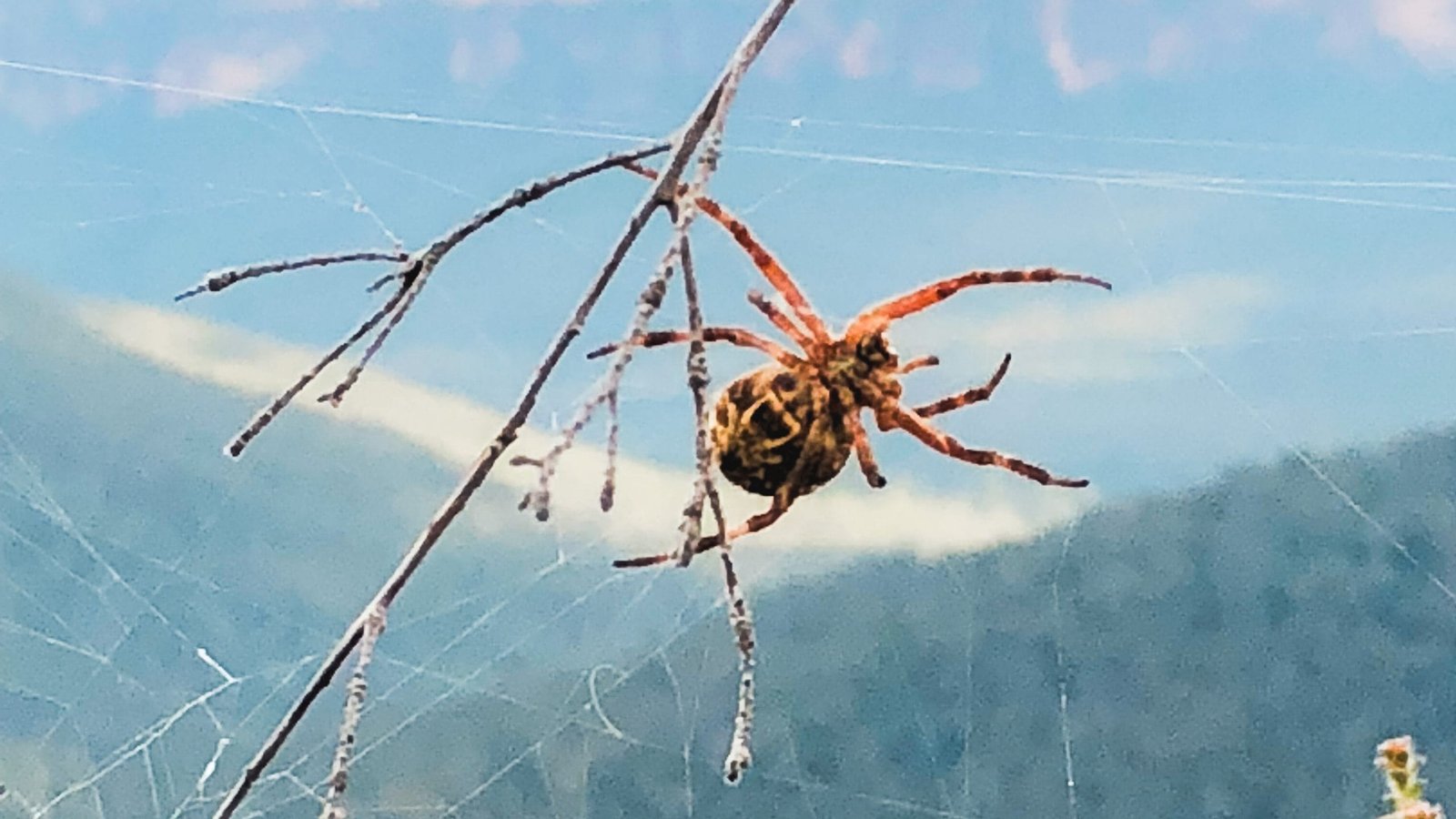
Lizards: The diverse reptiles
Australian wildlife includes numerous species of lizards. From the mighty monitor lizards to the colourful blue-tongued finches, there is an abundance of lizards found in a variety of habitats. Some species of lizards have developed amazing adaptations to adapt to the extreme conditions of the desert, while others are found in the rainforests or on the coasts. Lizards are fascinating creatures to watch while hiking or exploring. Lizards play an important role in Australia’s ecological balance by eating insects and other small invertebrates. It’s important to note that some lizard species are protected and require special measures to protect their habitat.
Crocodiles: The mighty predators
There are two types of crocodile in Australia: the saltwater crocodile and the freshwater crocodile. The saltwater crocodile is the largest living reptile in the world and an impressive predator. These crocodiles live near the coast and can be found both in the sea and in estuaries. The freshwater crocodile, on the other hand, prefers inland rivers and lakes. Crocodiles are semi-aquatic animals and are found in coastal waters, rivers, lakes and swamps. They are known for their powerful jaw muscles and impressive dentition with sharp, cone-shaped teeth. Crocodiles have an important cultural significance for the indigenous peoples of Australia. In their traditions and stories, crocodiles play a central role and are often a symbol of strength and wisdom.
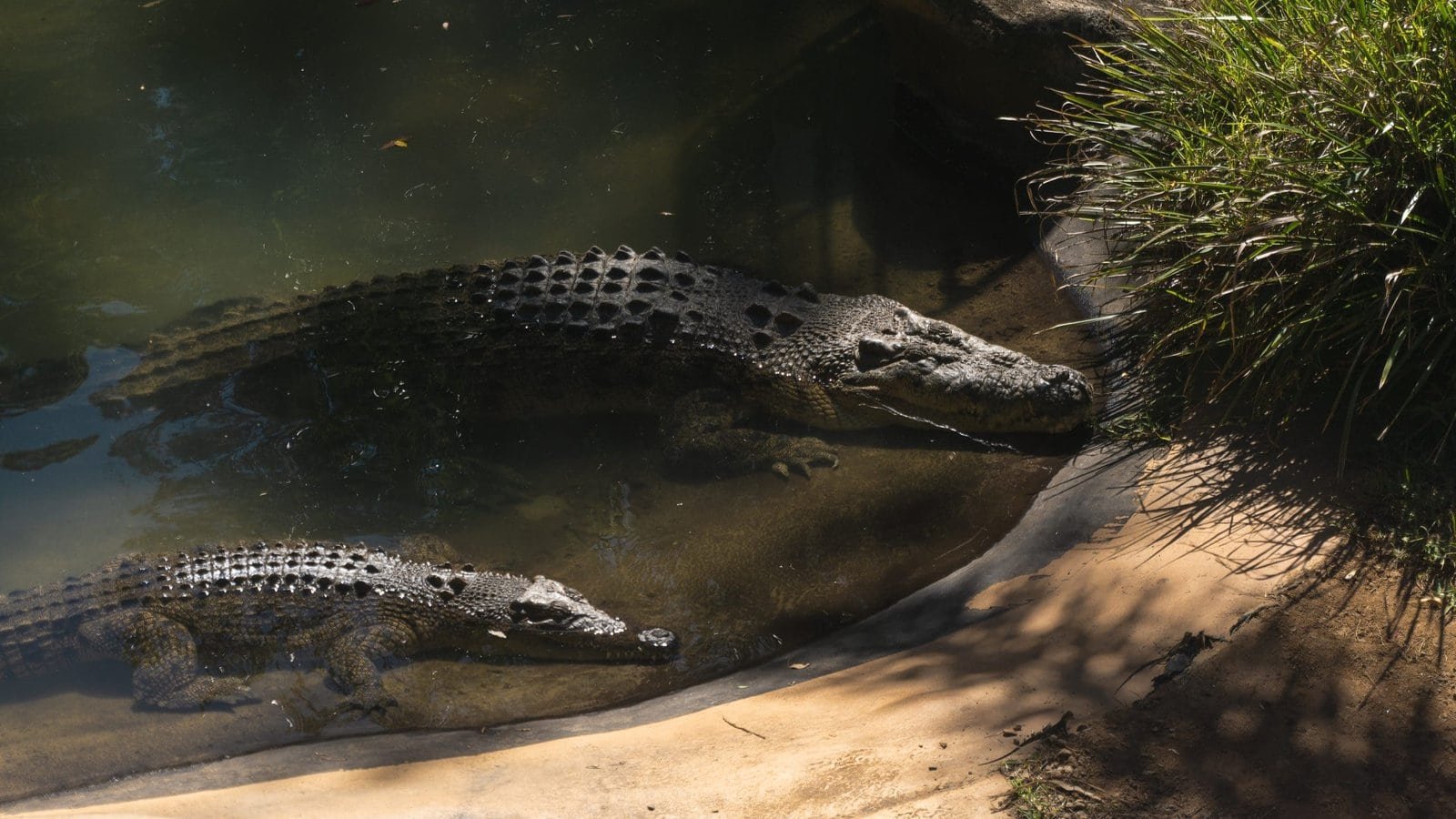
Dolphins: The playful sea dwellers
Australia’s coastal waters are home to a variety of dolphin species. Dolphins are known for their playful nature and impressive acrobatic skills. Dolphins live in groups called schools and communicate with each other using clicking sounds and whistling noises. They are very social animals and maintain close relationships within their groups. Dolphins have a high intelligence and are able to solve complex problems and adapt to their environment. Dolphins are a symbol of freedom, play and beauty of the oceans.
Whales: Giants of the oceans
Whales are impressive sea creatures known for their size, beauty and long-distance migrations. Various species of whales can be seen in the waters off Australia, including humpback whales, southern right whales, minke whales and also orcas. There are several whale watching opportunities along the Australian coast. Whale-watching tours are available in many coastal towns and communities, taking you out into the waters in specially equipped boats or catamarans to see whales in their natural environment. Between May and November, you can watch southern right whales migrate to the more temperate coastal waters off Victoria, while the energetic humpback whales head further north to the Great Barrier Reef and the Kimberley region. Orcas, on the other hand, congregate off the southern coast of Western Australia.

Jellyfish: Beauty and caution
Australia’s waters are home to a variety of jellyfish species, some of which can be poisonous. The best known species is the box jellyfish. There are many different species, of which the sea wasp is the most poisonous and dangerous – and even the most poisonous animal in the world. It occurs in the northern waters of Australia as far north as Fraser Island (east coast) and Exmouth (Western Australia) between October and May. Jellyfish in Australia have developed different adaptations to survive in the country’s marine environments. Some use their tentacles to capture and stun prey, while others use their striking colours and shapes to protect themselves from predators or to attract prey. Look out for signs warning about taking a bath at certain sections and be sure to follow this advice.
Rays: Elegant sea dwellers
Rays are fascinating creatures found in Australia’s coastal waters. They have a flat body shape that allows them to glide through the water. With their long, slender tails and often distinctive fins, rays are an impressive sight. Several species of rays are native to Australia’s waters, including the manta ray, stingray and eagle ray. Each species has unique characteristics and behaviours that make them fascinating sea creatures. The manta ray is undoubtedly one of the most impressive ray species, whereas the stingray has venomous stingers, making it a potential danger to humans.

Australia’s wildlife is undoubtedly some of the most fascinating and diverse in the world. From iconic kangaroos and koalas, to colourful birds such as cockatoos and kookaburras, to dangerous reptiles such as snakes and crocodiles, Australia is home to an amazing variety of animals that thrive in diverse ecosystems and habitats. Australia’s unique flora and fauna offer visitors the opportunity to have an unforgettable experience and get up close and personal with the beauty and uniqueness of nature.













